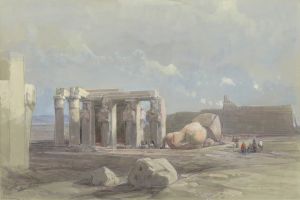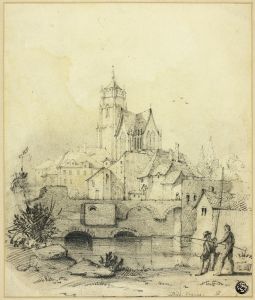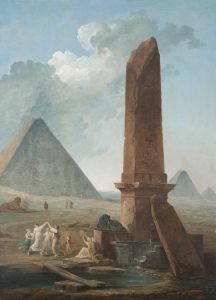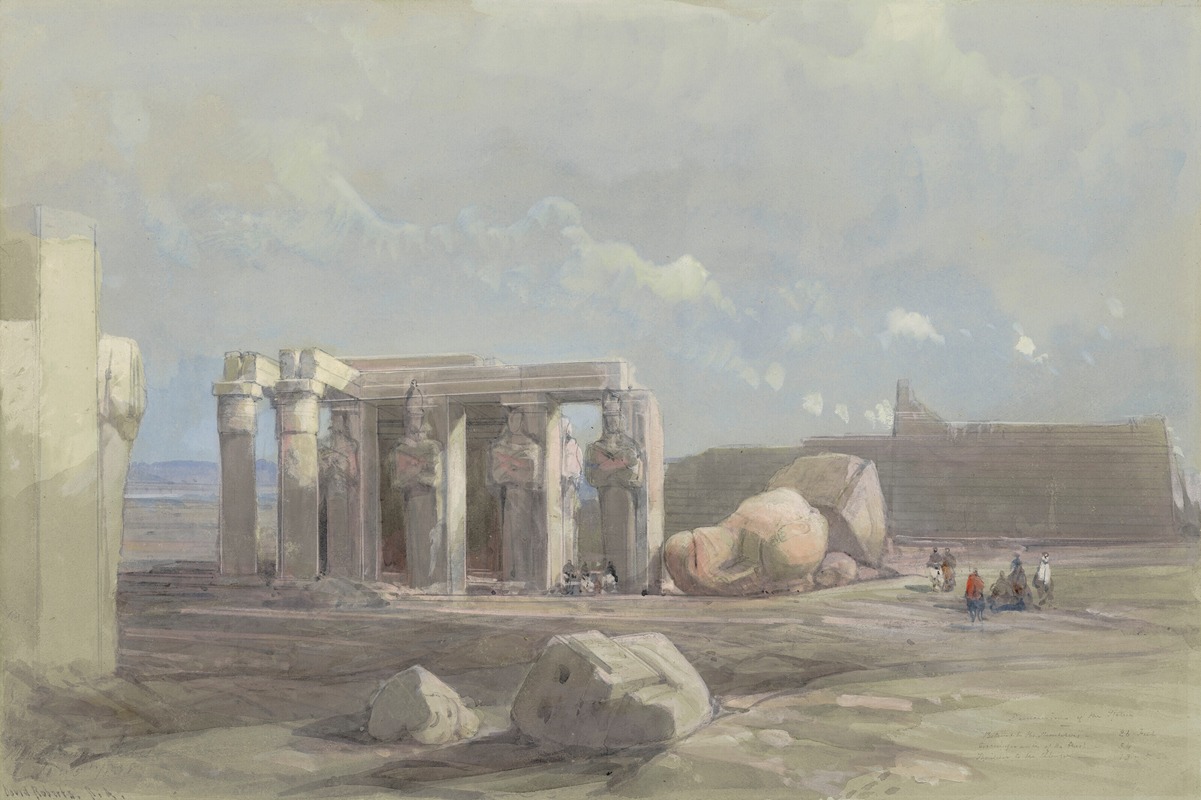
Fragments of a Colossal statue at the Memnonium, Thebes
A hand-painted replica of David Roberts’s masterpiece Fragments of a Colossal statue at the Memnonium, Thebes, meticulously crafted by professional artists to capture the true essence of the original. Each piece is created with museum-quality canvas and rare mineral pigments, carefully painted by experienced artists with delicate brushstrokes and rich, layered colors to perfectly recreate the texture of the original artwork. Unlike machine-printed reproductions, this hand-painted version brings the painting to life, infused with the artist’s emotions and skill in every stroke. Whether for personal collection or home decoration, it instantly elevates the artistic atmosphere of any space.
"Fragments of a Colossal Statue at the Memnonium, Thebes" is a painting by the Scottish artist David Roberts, who is renowned for his detailed and romanticized depictions of the Middle East and North Africa. This particular work is part of Roberts' extensive collection of lithographs and paintings that document his travels through Egypt and the Near East during the 19th century.
David Roberts was born in 1796 in Stockbridge, Edinburgh, and initially worked as a house painter and decorator before pursuing a career in art. His journey to the Middle East began in 1838, and he spent the following year traveling through Egypt, Nubia, the Sinai Peninsula, the Levant, and the Holy Land. During this expedition, Roberts created numerous sketches and studies that would later be transformed into a series of lithographs published between 1842 and 1849. These works were highly influential in shaping Western perceptions of the region during the Victorian era.
The painting "Fragments of a Colossal Statue at the Memnonium, Thebes" depicts the ruins of the Ramesseum, a mortuary temple of Pharaoh Ramesses II located in the Theban necropolis, across the River Nile from the modern city of Luxor. The Ramesseum is known for its massive statues and architectural grandeur, and it served as a testament to the power and legacy of Ramesses II, one of ancient Egypt's most celebrated pharaohs.
In Roberts' painting, the focus is on the colossal statue of Ramesses II, which lies in fragments on the ground. The statue was originally part of a seated figure that stood over 17 meters tall and weighed approximately 1,000 tons. The image captures the sense of awe and mystery that surrounded the ancient ruins, which were largely unknown to the Western world at the time. Roberts' work is characterized by its attention to detail and its ability to convey the scale and majesty of the ancient structures.
Roberts' paintings and lithographs were widely acclaimed for their accuracy and artistic quality. They played a significant role in the 19th-century fascination with Egyptology and contributed to the burgeoning interest in ancient Egyptian culture and history. His works provided a visual record of many sites that were, at the time, inaccessible to most Europeans, and they remain valuable historical documents today.
The publication of Roberts' lithographs was a significant event in the art world, as they were among the first to offer a comprehensive visual account of the Middle East. The lithographs were produced by Louis Haghe, a skilled Belgian lithographer, and were praised for their technical excellence and fidelity to Roberts' original sketches.
"Fragments of a Colossal Statue at the Memnonium, Thebes" exemplifies Roberts' ability to capture the grandeur and decay of ancient civilizations. His work continues to be appreciated for its historical significance and its contribution to the Western understanding of the ancient world.





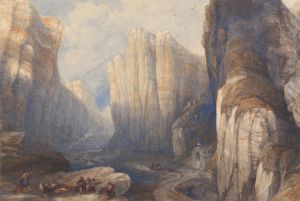
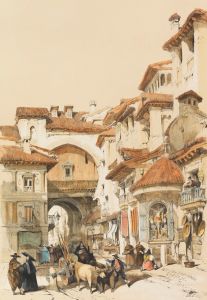
![Colossus in front of Temple of Wady Saboua [Wadi al-Sabua], Nubia.](/imgs/217471/s/david-roberts-colossus-in-front-of-temple-of-wady-saboua-wadi-alsabua-nubia-503a97c9.jpg)
![One of two colossal statues of Rameses [sic] II. Entrance to the Temple at Luxor.](/imgs/217522/s/david-roberts-one-of-two-colossal-statues-of-rameses-sic-ii-entrance-to-the-temple-at-luxor-473c42e1.jpg)
![Portico of the Temple of Edfou [Idfû], Upper Egypt. Nov. 23rd, 1838.](/imgs/217527/s/david-roberts-portico-of-the-temple-of-edfou-idfu-upper-egypt-nov-23rd-1838-79b6cf5b.jpg)
![Temple of Edfou [Idfû], ancient Appolinopolis, Upper Egypt.](/imgs/217546/s/david-roberts-temple-of-edfou-idfu-ancient-appolinopolis-upper-egypt-2a77d2d6.jpg)
![Temple of Isis on the roof of the great temple of Dendera [Dandara].](/imgs/217547/s/david-roberts-temple-of-isis-on-the-roof-of-the-great-temple-of-dendera-dandara-fd95528e.jpg)
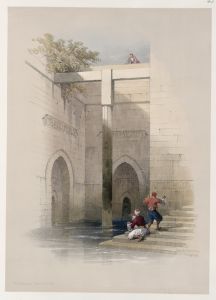

![Tombs of the Memlooks [Mamelukes], Cairo.](/imgs/217568/s/david-roberts-tombs-of-the-memlooks-mamelukes-cairo-74c4b2cc.jpg)

